UTAR Bird Sanctuary
Surrounded by scenic lakes and rolling hills, UTAR Kampar Campus is an avifauna hotspot that attracts scores of nature lovers and bird watchers. Interestingly, one of the lakes located at the entrance of the Kampar Campus is a haven for a variety species of birds. Fondly named as UTAR Bird Sanctuary, one would find a heronry located on an islet in the middle of the lake. Heronry is a location where heron species breed in colony, which itself is an uncommon sight in the country as special conditions are required to attract the herons to select the location as a heronry, the most important factor is that the birds must feel safe at the location.
A study has indicated that five species of herons are breeding in this heronry, which includes the largest wild birds in UTAR, the Grey Heron and Purple Heron as well as other smaller species, i.e. Black-crowned Night Heron, Little Egret and Cattle Egret. Besides these breeding birds, the campus area is also surveyed to have an impressive count of about 140 species of birds within the last five years.
Yet, many species may be very rare with accidental occurrence only, including a recent discovery of a rare migrant, i.e. the Himalayan Cuckoo. Some of the species that can be found in UTAR were uncommon in the country but is regular in some locations in UTAR, including the smallest wild duck in the country, the Cotton Pygmy Goose, the elusive Pheasant-tailed Jacana, the shy and secretive Greater Painted snipe, as well as globally near-threatened species, i.e. Grey-headed Fish Eagle, Black-bellied Malkoha and Long-tailed Parakeet, which are sought after by birdwatchers across the nation to go around the country just to spot them.
An annual survey conducted since 2010 indicated that there was a peak of 57 active nests with 298 herons located on the Bird Sanctuary island for the five heron species, not including those that were nesting in the middle of the heronry that were not visible. According to a waterbird census conducted in January 2010, the UTAR Bird Sanctuary is likely the second largest active heronry in the state of Perak, after the nation's largest heronry that is located in the nearby Kinta Nature Park, Batu Gajah.
During peak migratory seasons, at least a few thousands of herons from various species would be seen flying across the skies with groups following one and another during the early mornings and late evenings. This is a scenic sight that is not seen in any other university campus in the nation which makes UTAR unique when it comes to the natural environment of the campus.
被风景优美的湖泊和绵延群山环绕的拉曼大学金宝校区是个观鸟热点,常吸引大自然爱好者和观鸟者慕名而来。位于金宝校区校门前的其中一个湖泊是鸟类的天堂,故此将之取名为“拉曼大学鸟类保护区”,而湖中的屿上有个鹭巢群,是一个鹭群栖息、繁殖的地方。这在我国并不常见,但基于得天独厚的自然环境,鹭群选择了此地筑起其巢穴,最重要的因素在于这是它们认为安全的位置。
依据一项关于屿上鹭巢群的研究发现,共有5种鹭鸟栖居该处,其中包括体型最大的野生鸟类,如苍鹭及草鹭;其他体型较小的鸟类,如夜鹭、小白鹭及牛背鹭。除了这些鸟类,估计在过去五年内大约有140种鸟类的踪迹出现在校园范围内。
当中许多品种可能是非常罕见的,仅与它们有缘才能见着,其中包括近期比较罕见的中杜鹃。此外,有些在国内非常罕见,而且让全国各地观鸟爱好者为之疯狂的鸟类却时常出现在校园内的特定地点,这包括国内体型最小的野生鸭子——棉鳧、难以捉摸的水雉、害羞而隐秘的彩鹬,以及全球濒临绝种的灰头鱼雕、绿嘴地鹃及长尾鹦鹉。
自2010年以来进行的一项年度调查显示,目前共有57个活跃的鸟巢及298只鹭鸟栖息在鸟类保护区里。这数据还不包括那些栖息在比较隐秘处的鹭鸟。根据2010年1月进行的水鸟普查,拉曼大学鸟类保护区是霹雳州内第二大的鸟类栖息地,仅排在马来西亚最大的鸟类栖息地——华都牙也近打自然公园之后。
每到繁忙的迁徙季节,至少有数千种不同种类的鹭鸟在清晨和傍晚的天空中群飞。这风景秀丽的鸟类保护区是拉曼大学仅有而其他大学所没有的,因而成为拉曼大学的一大特色景观。
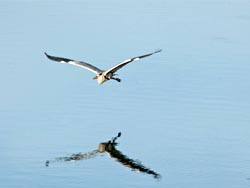
Ardea cinerea
苍鹭
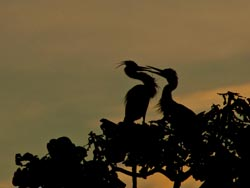
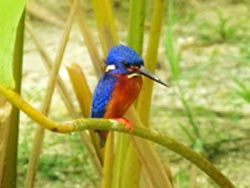
蓝耳翠鸟
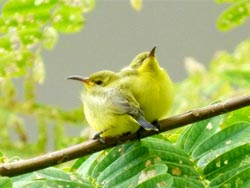
Cinnyris jugularis
黄腹花蜜鸟
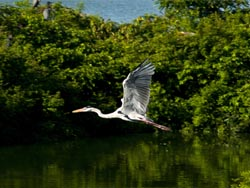
Ardea cinerea
苍鹭
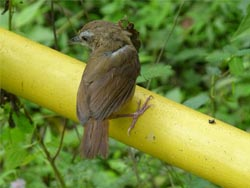
Malacocincla abbotti
阿氏雅鹛
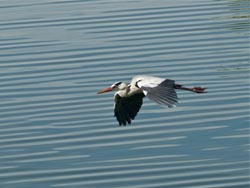
Ardea cinerea
苍鹭
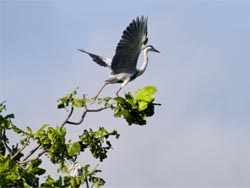
Ardea cinerea
苍鹭
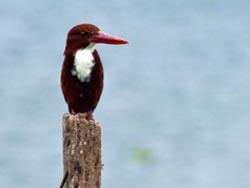
Halcyon smyrnensis
白胸翡翠
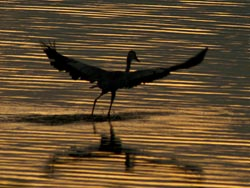
Ardea cinerea
苍鹭
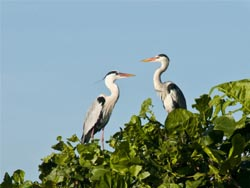
Ardea cinerea
苍鹭
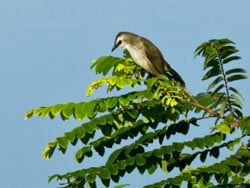
Pycnonotus goiavier
白眉黄臀鹎
